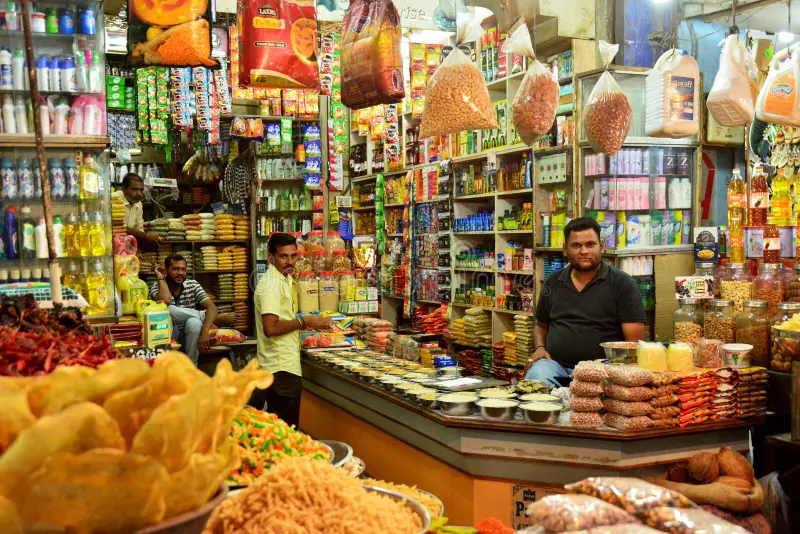Quick Commerce Boom Forces Thousands of Neighbourhood Stores to Shut Down in India
In a quiet bylane of Mumbai’s bustling marketplace, a 75-year-old corner store stands on the verge of closure. For Ramji Dharod, who has been coming to this shop since he was ten, the sight of unsold snack boxes and “stock clearance sale” posters is more than just business—it’s the end of an era.
“There was a time I didn’t have a moment to breathe,” says Dharod. “Now, I sit here for hours without a single customer. Everyone’s shopping online.”
Dharod’s story isn’t unique. Across Indian cities, small grocers and departmental stores—once the heartbeat of urban neighbourhoods—are shutting down as quick commerce apps like BlinkIt, Zepto, and Zomato change the way people shop.
200,000 Stores Shut – And More to Come
Last year, a consumer product distributors’ lobby group estimated that 200,000 local stores had closed due to this shift. In Chennai, city officials reported that 20% of small grocers and 30% of larger stores had shut down in just five years.
Sunil Kenia, who runs a provision store next to Dharod’s, says his shop only survives because his family owns the space. “For those paying rent, it’s not sustainable anymore,” he shares. Business, according to him, is down by 50% since the pandemic, with retail customers nearly disappearing.
The Rise of Convenience
For many consumers, like Mumbai-based graphic designer Monisha Sathe, the appeal of quick commerce lies in its convenience. “Carrying heavy groceries, parking in narrow lanes—it was all too stressful,” she explains. Though she misses the personal touch of her local vendors, the ease of home delivery wins out.
This sentiment is shared by millions. A PwC survey found that 42% of urban consumers in India’s major cities prefer quick delivery for urgent needs. The result? Three out of ten retailers report a negative business impact, and sales of essential goods have dropped by over 50%.
A Big City Story—for Now
Retail analyst Ankur Bisen of Technopak points out that quick commerce is currently limited to three or four large cities, where dense populations and affordable “dark stores” (delivery-only hubs) enable scale.
Expansion into smaller towns, however, remains tricky due to fragmented demand and high operating costs. Still, projections from Bain & Company suggest this sector could grow by over 40% annually until 2030.
Retailers Raise Red Flags
India’s trade groups are sounding alarms. Organizations like the Confederation of All India Traders accuse quick commerce players of anti-competitive practices, alleging predatory pricing and deep discounting funded by billions in venture capital.
While companies like BlinkIt, Zepto, and Swiggy declined to respond to the BBC, a source from one firm claimed that discounting decisions lie with individual sellers, not the platform. They also pushed back against the narrative of small vs big, saying platforms offer opportunities to small brands that don’t get shelf space in physical stores.
The Future: Coexistence, Not Collapse
Despite the disruption, analysts believe India’s retail landscape will evolve into a coexistence of old and new. With only 4% of shopping currently done online, traditional shops still hold ground. But survival will depend on adaptation.
“Quick commerce is a wake-up call,” says Bisen. “Small retailers need to innovate, go digital, and offer better customer experiences to stay relevant.”
For millions of corner shops across India, the message is clear: it’s time to evolve—or risk being left behind in the age of one-click convenience.

